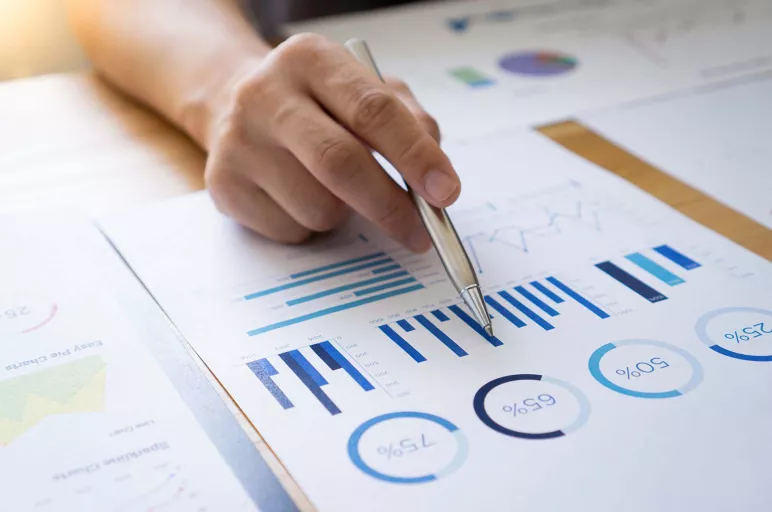
6 Steps to Master Procurement Cost Analysis and Transform Data into Insights
- Mastering procurement cost analysis involves understanding data sources, defining cost categories and analyzing cost drivers.
- Advanced analytical tools aid in uncovering insights and identifying savings opportunities.
- Continuous monitoring and improvements ensure ongoing cost efficiency and productivity in the procurement process.
May 23, 2024 | Procurement Strategy 3 minutes read
Getting procurement spend under control requires a deep understanding of cost analysis, which is both a skill and a strategic imperative. Being able to work with procurement data is critical if you are to unlock the hidden levers for efficiency and cost savings and make an impact on the company’s bottom line.
Here is an explanation of the procurement cost analysis process to get you started on your journey from data to insights.
Step 1: Understanding Data Sources
The first step in procurement cost analysis is to identify and understand the data you have available. Identify the data sources you have within reach, such as purchase orders , invoices and contracts, as well as data on supplier performance. It’s important to maintain data accuracy and ensure minimal errors – cleansing and validating the data can help eliminate inconsistencies or errors that might be present in some data sets. Next, bring the data from different sources into a single data repository or procurement analytics solution for ease of analysis.
Step 2: Defining Cost Categories
With your data in place, the next step is to determine your cost categories. Break down your procurement costs into different buckets such as direct materials, indirect expenses, labor costs and overheads, the same way you could see these same costs broken down within each category. At this point, you should ensure that your cost categories are aligned with organizational goals and objectives to ensure you are measuring costs that are relevant to your organization’s strategy.
Step 3: Analyzing Cost Drivers
Once you have your cost categories defined, start slicing and dicing those costs by understanding the main cost drivers. Dive deep to understand what is driving procurement costs in each cost category. Use variance analysis or cost modeling or spend analytics to understand the patterns and differences from the norm. Look at internal and external factors that influence cost, such as shifts in markets, supply, commodity prices, seasonal demand, supplier performance and other factors.
Step 4: Leveraging Advanced Analytical Tools
To add more value, start leveraging the power of advanced analytical tools and techniques. With the help of predictive analytics, machine learning or simply data visualization, you can gain valuable insights on the cost data that your organization generates through procurement every year. Invest in procurement-specific analytics platforms or software solutions in the market that have a lot of capabilities, but also tailor to the specific needs of procurement professionals. These can help create interactive dashboards and reports that display aggregated procurement metrics and trends across different spend categories.
Also Read: Should-Cost Modeling and Analysis Made Simple
Step 5: Identifying Savings Opportunities
The ultimate goal of procurement cost analysis is to identify opportunities for savings and value optimization. Take insights from your analysis to identify the areas in which costs can be reduced or processes can be optimized. Prioritize initiatives that have the highest impact on either cost reduction, risk reduction or value creation. Collaborate cross-functionally to involve other stakeholders and suppliers. Roll out these cost-saving initiatives.
Step 6: Monitoring Performance and Continuous Improvement
Lastly, set up performance controls and measures to drive continuous improvement. Develop key performance indicators (KPIs) and benchmarks to track the efficacy of cost-saving measures, schedule a regular cadence for monitoring and reporting on your procurement cost performance, and always be on the lookout for improving your cost-analysis methodologies and associated processes.
To Sum Up
Cost analysis is an ongoing process. It takes data and turns it into insight. It is the means whereby your procurement processes are made as cost-efficient and productive as possible.
Here’s how GEP can help your organization with procurement cost analysis.



